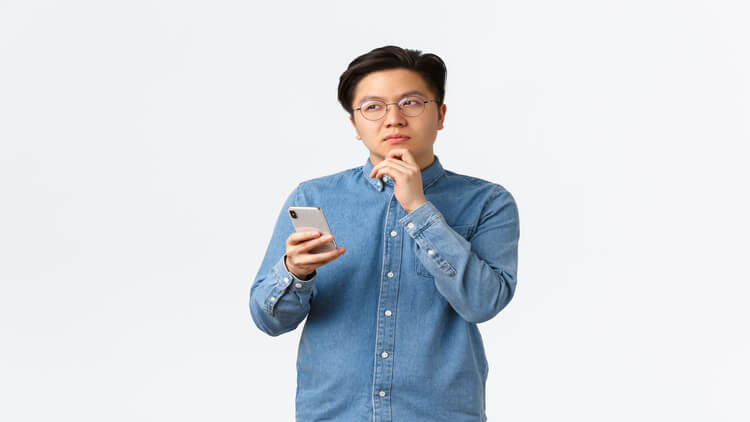
If you’re an online merchant in Singapore, you’re probably always on the lookout for new and improved ways to accept payments from your customers. After all, payment gateway options can make or break your e-Commerce business.
There are a lot of different e-Commerce payment gateways out there, so it can be tough to know which one is right for your business. To help you out, we’ve put together a list of the top e-Commerce payment gateways in Singapore. Check them out below!
1. What is an e-Commerce payment gateway?
A payment gateway is a cloud-based solution that collects and verifies payment data from the customer and then sends it to the merchant’s bank account either in person or online.
There are typically three variants to this technology with each being more tailored towards a specific business model.
Offsite-payment gateway:
You’ve probably seen this technology at work many times before, like when you hand your card to the cashier for them to swipe it through a piece of hardware.
Redirect payment gateway:
Some merchants prefer to have a third-party handling sensitive credit card information, so they would often redirect this step to payment processors like Paypal or Stripe instead.
Onsite-payment gateway:
A more streamlined version of the redirect variant, an onsite-payment gateway integrates credit card processing directly onto its infrastructure. This allows for a more seamless experience for customers as they don’t have to leave the merchant’s site to complete the transaction.
Another prominent alternative to this technology is the Payment Service Provider (PSP). It offers high-speed transactions without the need for a merchant account, made possible via its distinct aggregation model.
2. How does it work?

Despite how popularized payment gateways are in this day and age, many merchants still find it hard to wrap their heads around this technology. So first, let’s establish your understanding of all the involved stakeholders and their dynamic in this process.
The merchant: The person/entity making the sales
The cardholder: The one making the credit payment
The issuing bank: The bank of the cardholder
The credit card company: Credit card companies (Visa, Mastercard, etc.)
The acquiring bank: The bank in charge of the merchant’s bank account
Now let’s move on to the actual steps of how they actually work together.
Step 1: The cardholder makes payment with his/her credit card to the merchant’s POS system either via handing the physical card to the store clerk or initiating purchase online.
Step 2: The payment gateway initiates its process first by checking the issuing bank’s account balance for sufficient funds before sending the data to the credit card company.
Step 3: The credit card company begins to process the transaction. Upon approval, the payment gateway will send the information back to the merchant’s website to complete the transaction.
Step 4: The acquiring bank, upon receiving confirmation from the payment gateway, will proceed to move money from the cardholder’s issuing bank to the merchant’s account.
3. What should you look for in one?

When choosing a payment gateway, you’ll need to consider a number of factors, including security, service agreement and fees, ease of navigation, merchant account, and integration.
It’s also important to choose a gateway that is mobile-optimized, as an increasing number of customers are using their smartphones and tablets to make purchases online.
3.1. Security
Security is of paramount importance when it comes to online payments. The gateway you choose should have a robust security system in place to protect your customers’ information.
3.2. Service agreement & fees
Service agreement & fees can be a major considerations when choosing a payment gateway. Some gateways have complex service agreements and charge high fees, while others are more affordable and easy to use. It’s important to compare the different options and choose the one that best suits your needs.
3.3. Ease-of-navigation
Ease-of-navigation is another important factor to consider. The gateway should be easy to use for both you and your customers. It should be easy to navigate and have a simple checkout process.
3.4. Merchant account
Merchant account is another important consideration. Not all payment gateways offer merchant accounts, so you’ll need to check before you choose one. Merchant accounts allow you to accept payments from a variety of sources, including credit cards, debit cards, and PayPal.
3.5. Easy integration
Easy integration is another key factor to consider. The gateway should be easy to integrate into your website, so there is minimal disruption to your business. It should also be easy to use, so you don’t have to spend hours trying to figure it out.
3.6. Mobile optimization
It’s also important to choose a gateway that is mobile-optimized, as an increasing number of customers are using their smartphones and tablets to make purchases online.






0 Comments